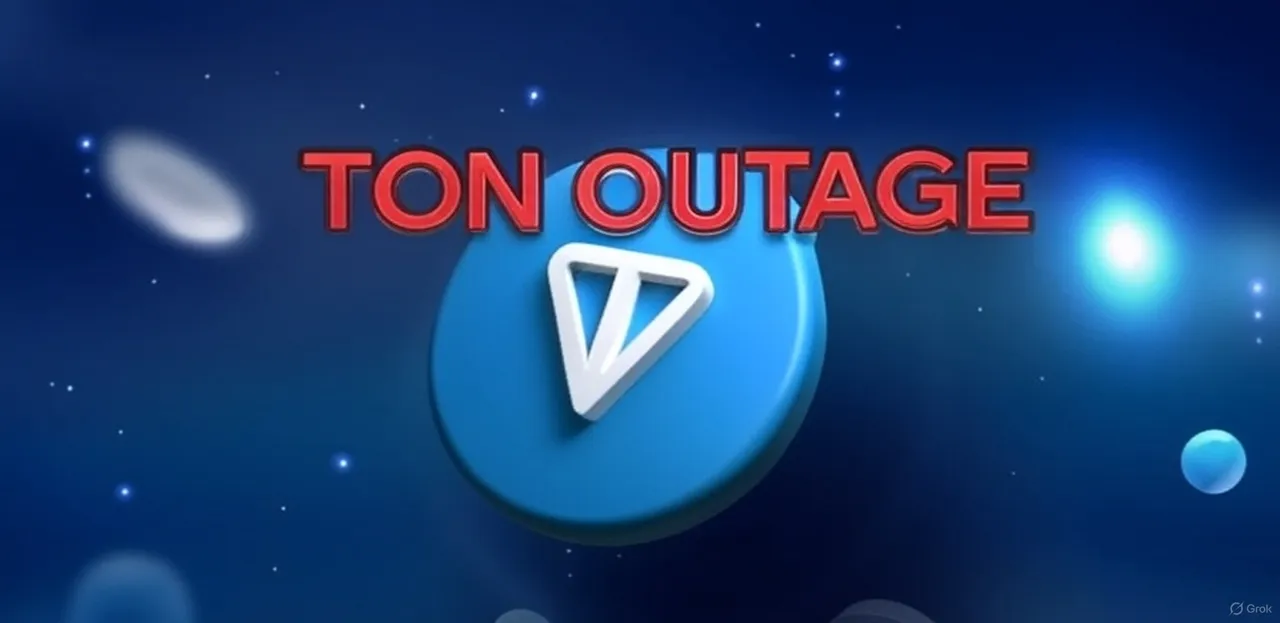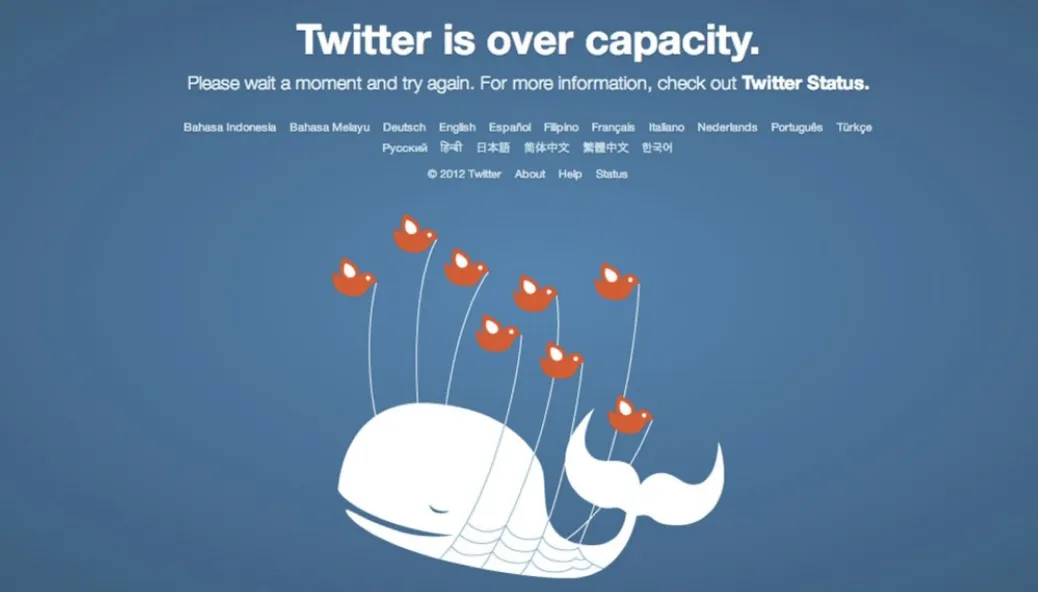On June 1st, there were reports on X that the TON (The Open Network) blockchain went down, stalling new transactions and block production.
This provoked much dirision and ridicule on Crypto Twitter, which brought back memories of the Ethereum DAO hack in 2016, and Solana's repeat outages of 2022.
In today's article, we will be discussing the TON outage, along with other established blockchains, and how they recovered from similar disruptions.

TON's Outage
The TON blockchain suffered a disruption on June 1, lasting approximately 40 minutes. The issue was caused by an error in the masterchain dispatch queue around 12:50 UTC.
Network functionality was restored about 40 minutes later, after the development team deployed a targeted fix that updated a few master chain validators.
No funds were lost, and pending transactions during the downtime were unaffected.
In August 2024, TON suffered a similar interruption, caused primarily by excess network traffic resulting from the airdrop of the DOGS memecoin.
Other Blockchain Outages
TON is not the first blockchain to suffer from such outages.
The Bitcoin blockchain had to be forked back in 2010 when a bug was discovered that allowed a hacker to generate 184 billion Bitcoin.
The Ethereum blockchain was also rolled back in 2016 when a hacker exploited a DAO smart contract bug, which allowed him to drain millions of ETH.
More recently, in 2022 and 2023, Solana suffered multiple disruptions, some of which lasted more than 24 hours. Since February of 2024 however, Solana has been stable.
Working Out The Kinks
These outages are to be expected with any new experimental technology. You may recall seeing the Twitter "fail whale" from 2007 to 2010 as the network exceeded capacity and suffered multiple disruptions.

It's much easier to sit back and criticize these new networks, rather than build one and deal with the inevitable technical challenges that arise.
In reality, a project becomes more resilient and worthy of investment whenever it suffers from an outage and recovers from it.
Take THORChain, for example. Over the years it has suffered from many hacks, but always managed to come up with a solution and recover.
With each iteration, a protocol becomes more robust and worthy of investment.
Until next time...
The most recent TON outage lasted only 40 minutes, as the team was able to issue a quick fix. Other more established blockchains have also suffered from similar disruptions, learned from them, and made their protocols more resilient as a result.
Similar to Twitter and THORChain, it should be expected that new technology will be flaky in its first few years of operation. So long as the team responds well, learns from the outage, and improves the protocol, the project becomes more robust and worthy of investment.
If you learned something new from this article, be sure to check out my other posts on crypto and finance here on the Hive blockchain. You can also follow me on InLeo for more frequent updates.
Sources
Crypto Economy Article [1]
Original TON Logo Image [2]
Twitter Fail Whale [3]